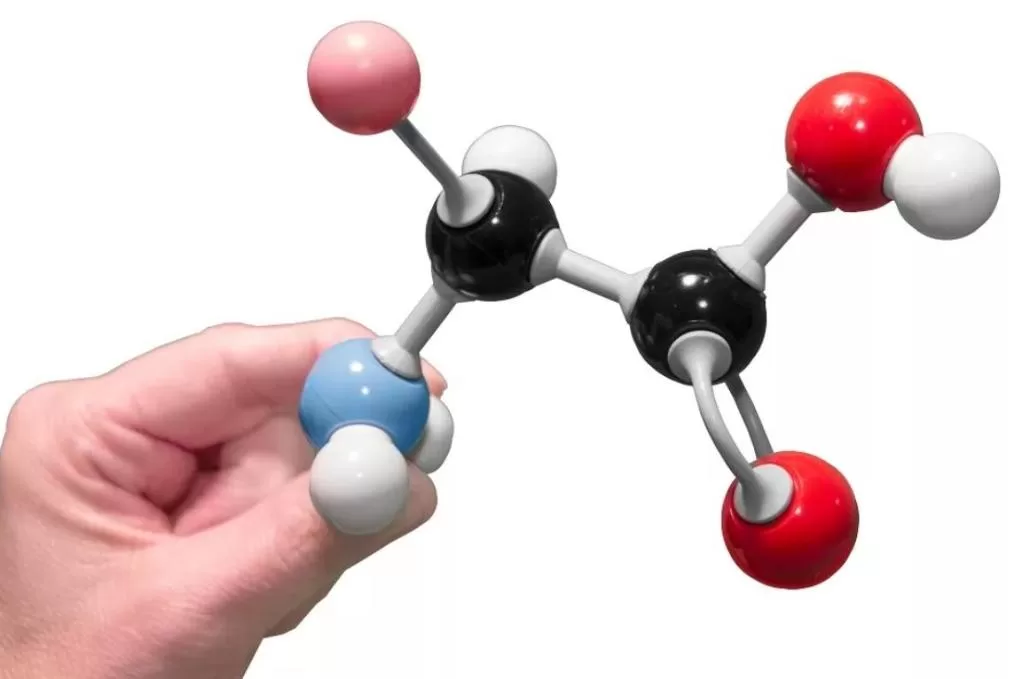An unprecedented computer model of the human lung has been developed by researchers at the University of Surrey and GSI Helmholtzzentrum für Schwerionenforschung, Darmstadt. This groundbreaking model enables scientists to simulate how radiation impacts the lung at a cellular level, providing potential for more precise and personalized cancer treatments while minimizing the detrimental effects of radiotherapy. The findings of this innovative research have been published in the journal Communications Medicine.
Dr. Roman Bauer, Senior Lecturer at the University of Surrey, highlighted the significance of the model in aiding doctors in determining the optimal dosage and duration of radiotherapy tailored to individual patients. Additionally, this cutting-edge technique could be extended to study various organs, unlocking new avenues of medical knowledge that could benefit both medical practitioners and patients in the future.
In current clinical practice, over 50% of cancer patients undergo radiotherapy, but excessive radiation can cause lung injuries leading to conditions such as pneumonitis and fibrosis. To investigate these adverse effects, researchers utilized artificial intelligence to develop a sophisticated model of a segment of the human lung at a cellular level.
Professor Dr. Marco Durante, head of the Biophysics Department at GSI, emphasized the revolutionary capabilities of the BioDynaMo model in creating interactive representations of entire human organs, enabling personalized lung modeling that surpasses conventional statistical approaches. This advanced model not only facilitates the study of the mechanisms underlying fibrosis and other lung conditions but also provides insights into their progression over time.
*Note:
1. Source: Coherent Market Insights, Public sources, Desk research
2. We have leveraged AI tools to mine information and compile it



